









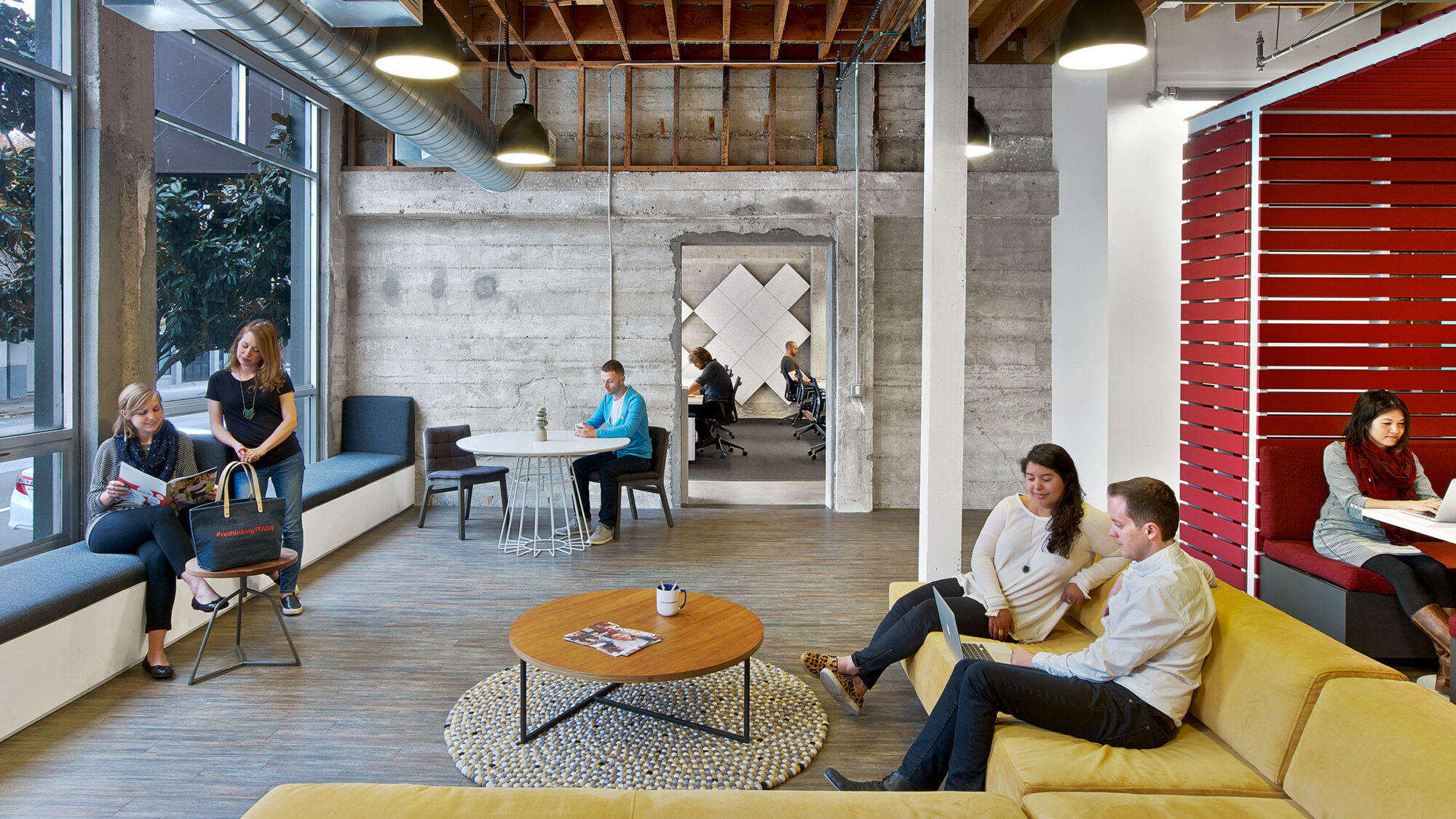
How do organisations work together when their people are not physically together? Companies are struggling to find the answer while they try to design hybrid work models for their teams.
A hybrid work schedule which combines remote and in-office work is inherently flexible. It’s something the employees of today value. What does it take for organisations to bring hybrid work in and out of the workplace?
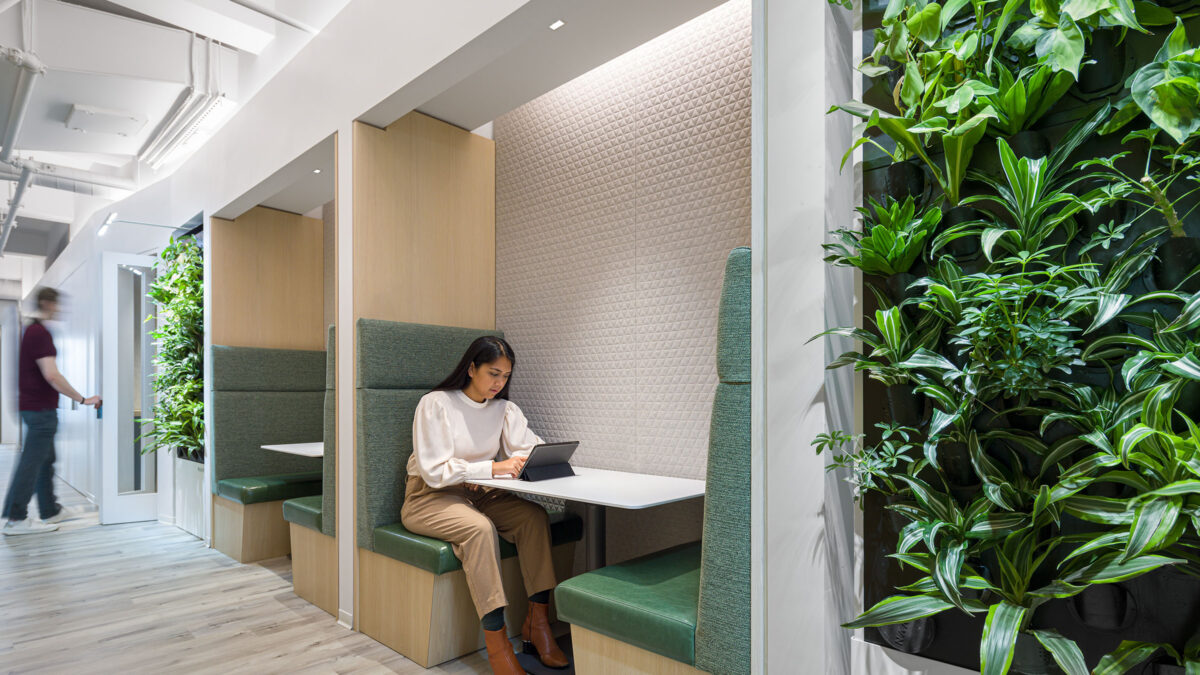
Here are three things companies will need to make the hybrid work model succeed:
The phrase “living in uncertain times” is overused, but that doesn’t make it untrue. Our pace of change is faster than ever, and the pandemic accelerated the introduction of new workplace paradigms. This includes hybrid work. Companies must be flexible enough to adapt to rapidly evolving circumstances.
Hybrid work schedules both support and drive adaptability. They provide a fluid, flexible structure for employees when working. However, these features also make it challenging to create and implement clear policies for hybrid arrangements. Companies want consistency, but they must also meet the needs of individual employees. It’s hard to avoid complexities and nuances of a hybrid work model: make policies too rigid, and you miss the point altogether.
Companies are also re-evaluating how they balance team needs with business needs. Older models for developing policy emphasised employer protections. A more modern approach requires supporting the employee as well. Striking that balance is less about finding the perfect point to switch everything back but more about adapting as new situations arise.
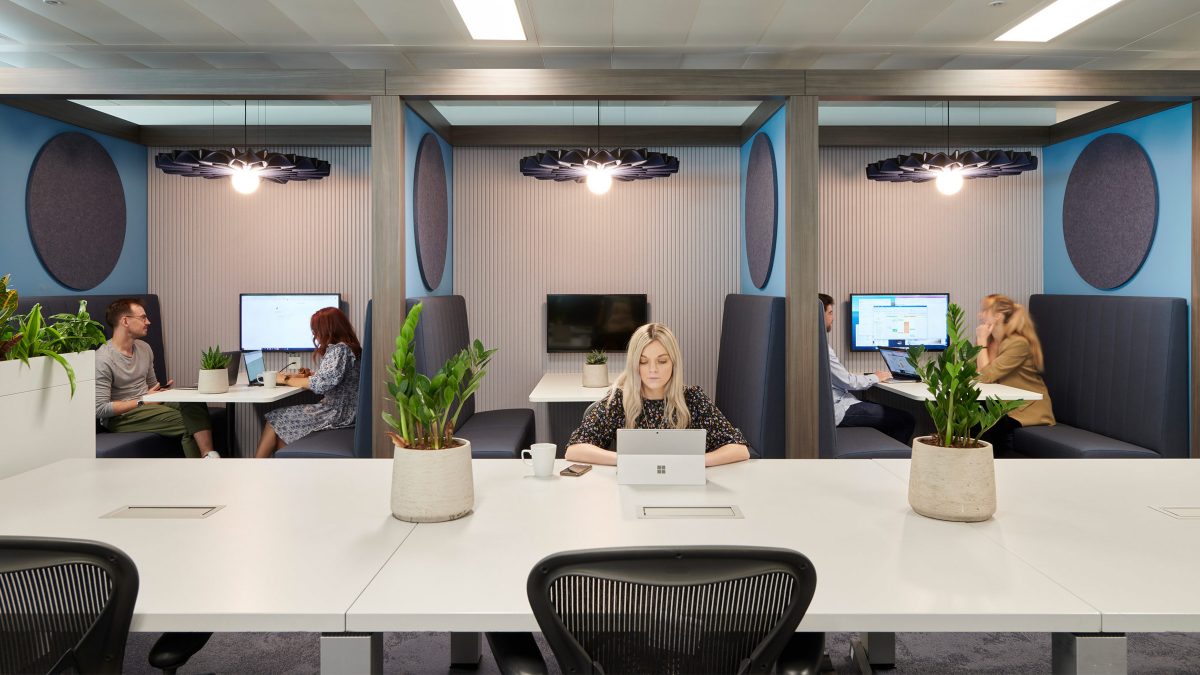
While adaptability is generally considered positive, it also means that things are always in flux. Some employees will welcome change; others will struggle with it. All need some measure of support. To be successful, companies need to make more incremental adjustments that take steps toward change without disrupting the workplace.
An incremental approach also allows companies to control their own suitable path to success. It’s risky to manage change across a 10,000-person team if you’re starting from zero. You may not be able to develop the perfect hybrid work model until you test-drive a few ideas. Incremental change allows you to get better employee buy-in and adapt your approach based on real-world experience.
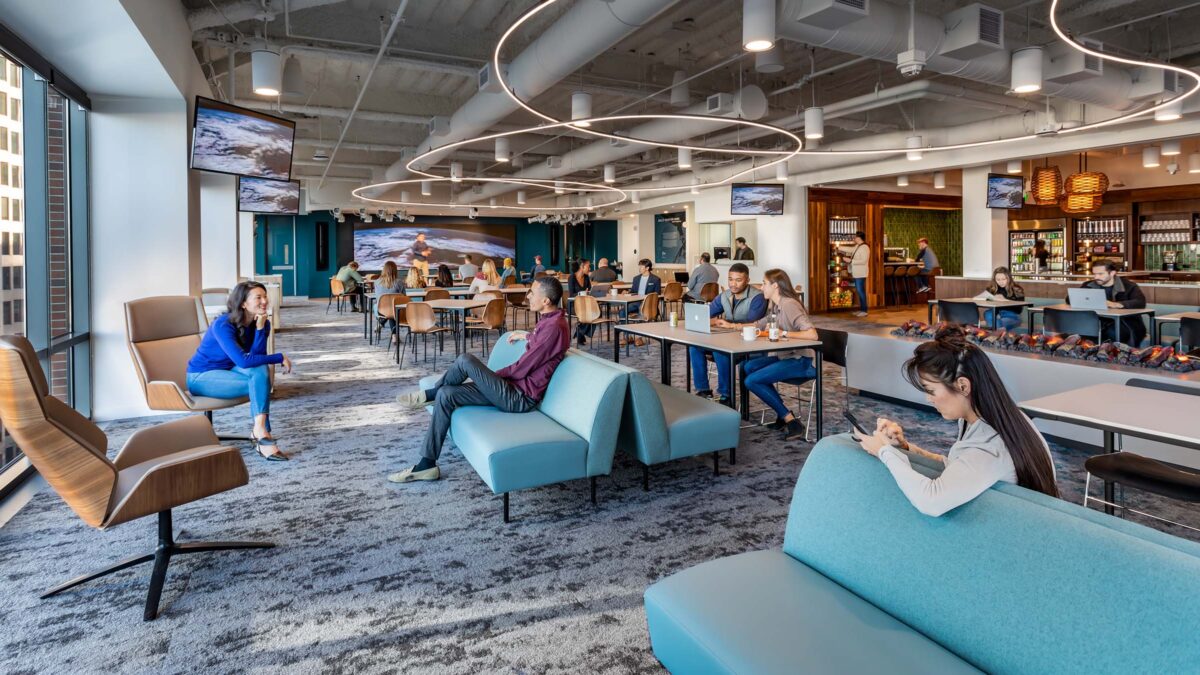
Another change we’ve seen with the shift to hybrid work is a move toward intentional community. Without everyone in the office each day, employees have to work harder to connect, and they want those connections to be meaningful.
Though many workforces have been separated physically, their teams have often grown closer. It seems the increase in digitisation has made us appreciate the value of basic human interaction. When people come together now, they do so intentionally. Instead of forming casual bonds with their co-workers, teams are expressing a more purposeful desire to build community.
In a competitive job market, employers who can offer candidates access to this kind of community have the advantage. The Great Resignation has shown that people’s priorities have shifted. Candidates want purposeful work and authentic experiences—in addition to the kind of flexibility that hybrid work schedules create.
A well-stocked snack bar, game room, happy hour Fridays: these perks are nice, but aren’t stand-ins for a strong company culture. When people no longer have to be present in the workplace, employers need to consider what makes them want to be there: a community built on connection, loyalty, and trust.

The current work landscape, including hybrid work models, may be less predictable now than before. Even so, learning from recent experiences can help organisations make smarter decisions for the future.
To learn effectively, companies must be willing to find out what works and what doesn’t. Substituting sweeping initiatives for smaller workplace experiments can save time, money, and effort in the long run. Fear of failure often keeps companies from embracing a “test and iterate” philosophy. They can overcome this obstacle by redefining “failure” as a learning opportunity.
A commitment to learning is also a commitment to educating, and employee education is a vital part of change management. In the case of hybrid work, that may involve helping employees understand what has changed, what the current policies and parameters are, how the company can support them, and what resources are available.
Finally, organisations must embrace a culture of learning to move forward. Teams learn from their leaders. Leaders learn from their teams. Team members learn from one another. A company can never stop thinking that its people no longer need to learn. Doing so restricts their ability to grow, adapt, and thrive. In short: change won’t wait for us to catch up.
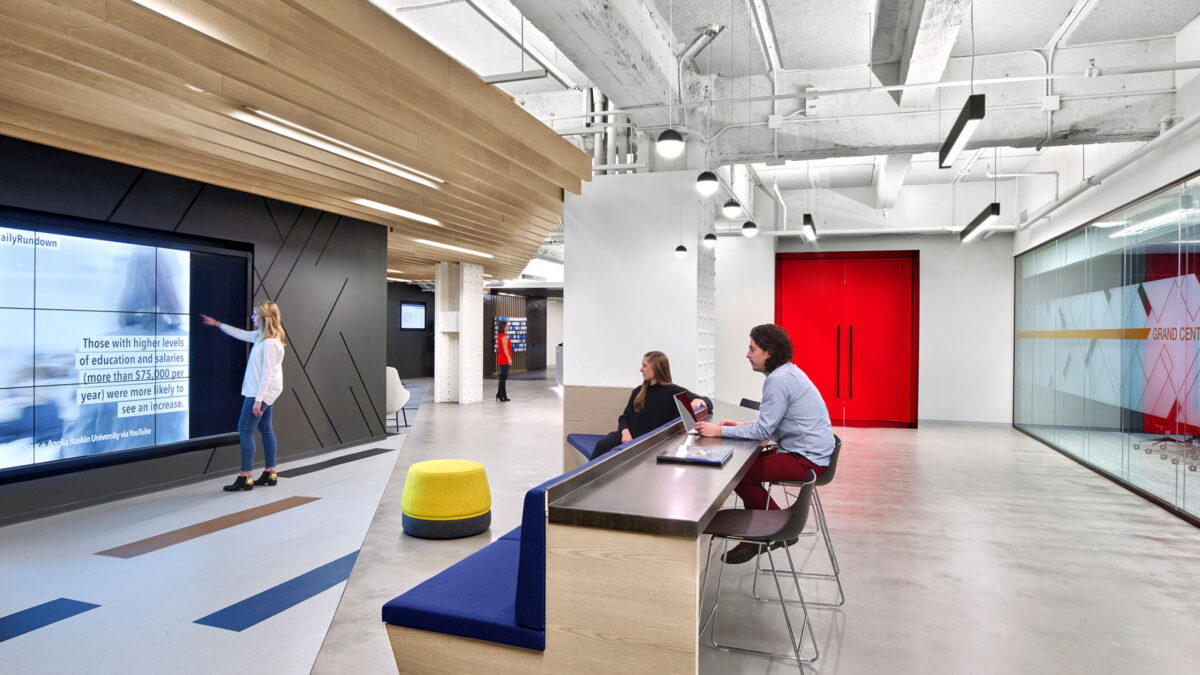
Although the pandemic continues to ebb and flow, it’s clear that hybrid work is here to stay. There is not one perfect hybrid work model, and many companies still haven’t found an approach that works for them. But if organisational leaders commit to adaptability, community, and learning, they can create successful hybrid work environments that support their teams.
Hybrid work gives people more ownership over their work, their life outside of work, and the connection between them. And that’s an outcome worth working toward.
Learn more about hybrid working in our latest whitepaper here.